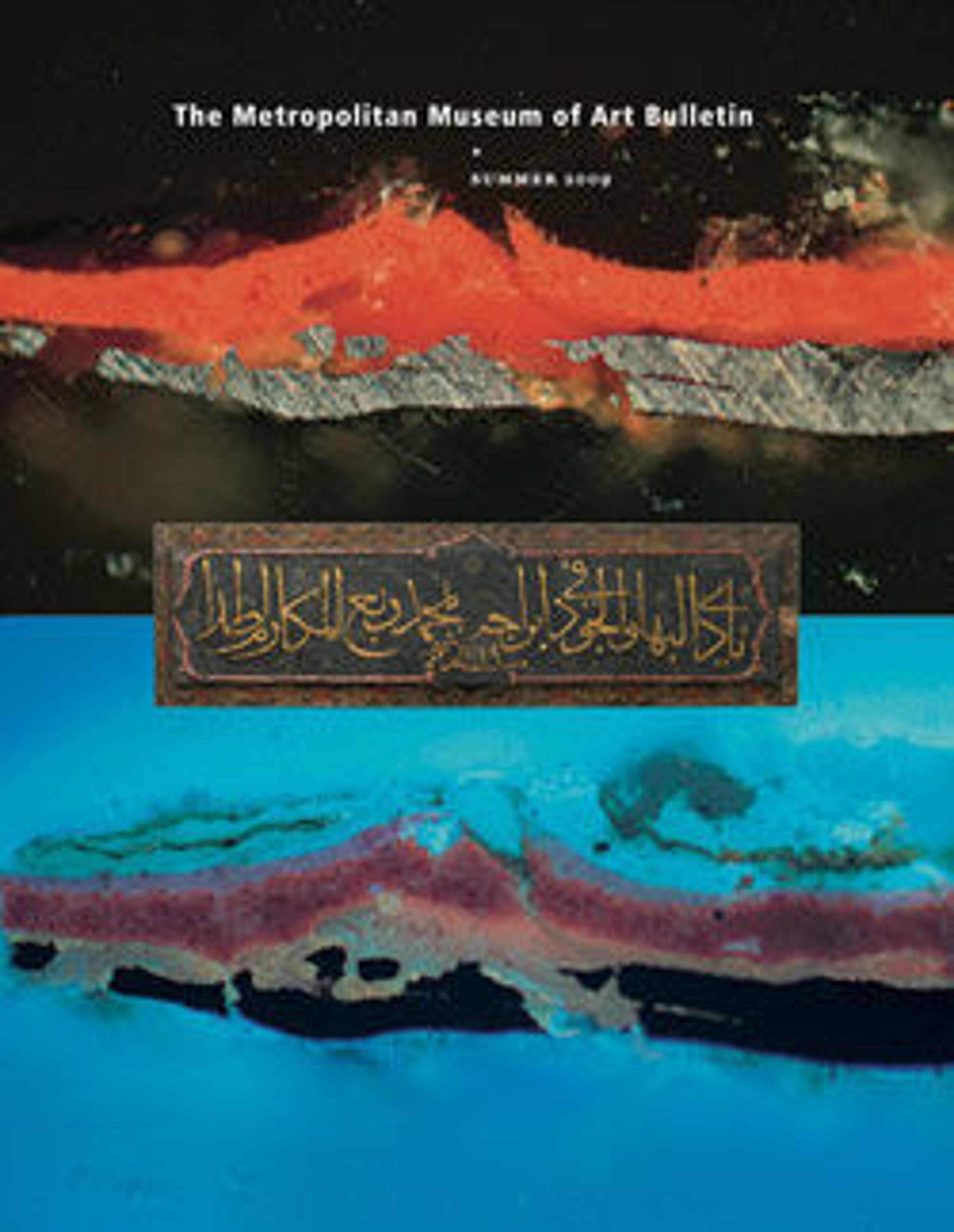Prudence
The practice of combining hardstone and gold in the same composition originated in Italy, where a piece of this sort was known as a commesso. Prudence gazes into a diamond mirror.
The Italian Renaissance brought with it a wholehearted embrace of classical antiquity throughout the fifteenth and sixteenth centuries. Emulation of ancient cameos played a large part. Carvers invested ancient myths with increasingly refined compositions and techniques, paying close attention to the latest archaeological discoveries. Demand for Italian carvers took them to all the courts of Europe. Milan in particular developed a taste for cameos with wondrous atmospheric effects.
One of the four cardinal virtues, Prudence gazes into a mirror while holding a snake—attributes symbolizing, respectively, her self-knowledge and her wisdom. The pendant is an example of the Italian commesso technique, in which carved gemstones are combined with gold and enamel to create figural compositions. The enamel on the reverse, a nineteenth-century addition, is after a design by Étienne Delaune (1518/19–1583).
The Italian Renaissance brought with it a wholehearted embrace of classical antiquity throughout the fifteenth and sixteenth centuries. Emulation of ancient cameos played a large part. Carvers invested ancient myths with increasingly refined compositions and techniques, paying close attention to the latest archaeological discoveries. Demand for Italian carvers took them to all the courts of Europe. Milan in particular developed a taste for cameos with wondrous atmospheric effects.
One of the four cardinal virtues, Prudence gazes into a mirror while holding a snake—attributes symbolizing, respectively, her self-knowledge and her wisdom. The pendant is an example of the Italian commesso technique, in which carved gemstones are combined with gold and enamel to create figural compositions. The enamel on the reverse, a nineteenth-century addition, is after a design by Étienne Delaune (1518/19–1583).
Artwork Details
- Title: Prudence
- Artist: Enamel on reverse after a design by Etienne Delaune (French, Orléans 1518/19–1583 Strasbourg)
- Date: ca. 1550–60, back: 19th century
- Culture: French, Paris
- Medium: Chalcedony, mounted in gold with enamel, rubies, emeralds, diamond, and pearl
- Dimensions: Overall, with pendant pearl, without bail: 3 3/16 x 1 7/8 in. (8.2 x 4.8 cm); Overall, central commesso (confirmed): 1 9/16 x 1 7/16 in. (4 x 3.6 cm); 40 x 34.7 mm
- Classifications: Metalwork-Gold and Platinum, Jewelry
- Credit Line: Gift of J. Pierpont Morgan, 1917
- Object Number: 17.190.907
- Curatorial Department: European Sculpture and Decorative Arts
More Artwork
Research Resources
The Met provides unparalleled resources for research and welcomes an international community of students and scholars. The Met's Open Access API is where creators and researchers can connect to the The Met collection. Open Access data and public domain images are available for unrestricted commercial and noncommercial use without permission or fee.
To request images under copyright and other restrictions, please use this Image Request form.
Feedback
We continue to research and examine historical and cultural context for objects in The Met collection. If you have comments or questions about this object record, please contact us using the form below. The Museum looks forward to receiving your comments.
